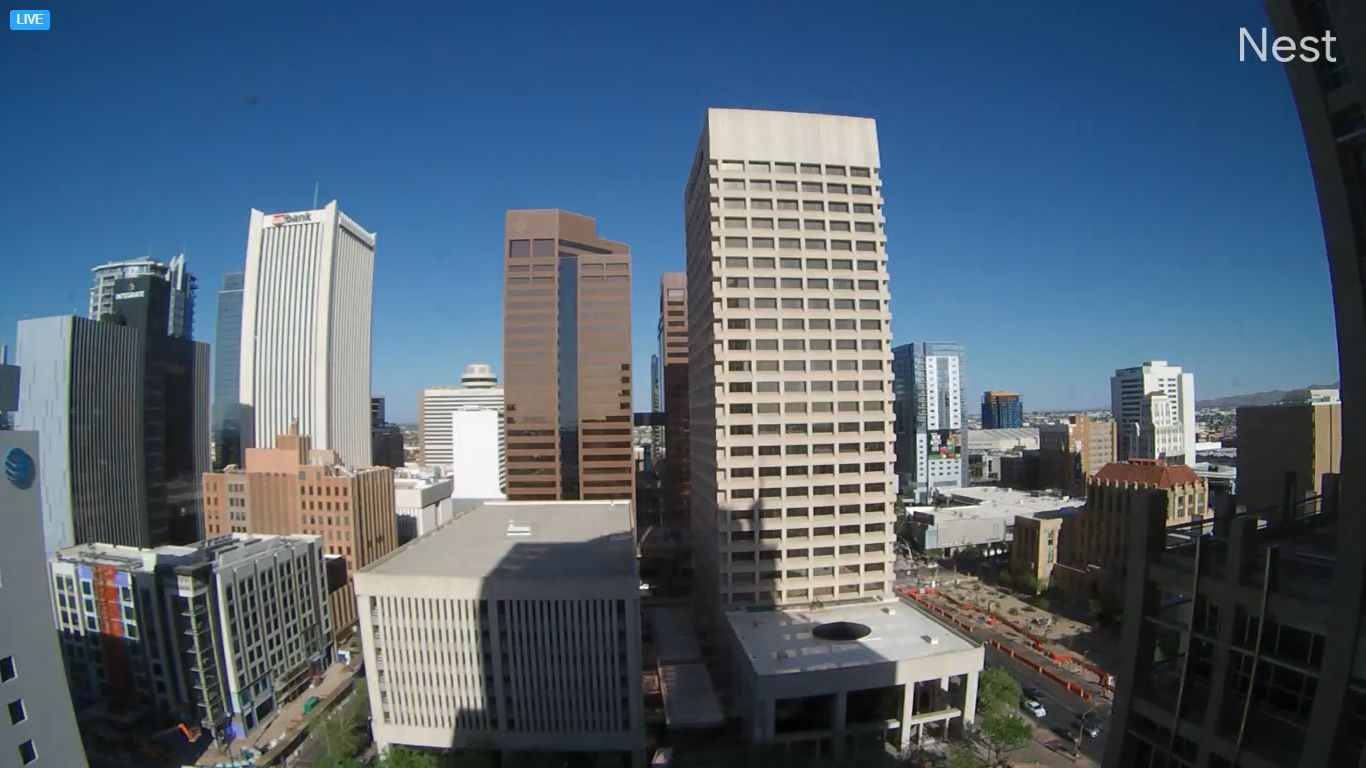
Phoenix East Live Webcam – Arizona
November 25, 2025
Take a look at this Phoenix East live streaming webcam mounted on one of the skyscrapers in the city.
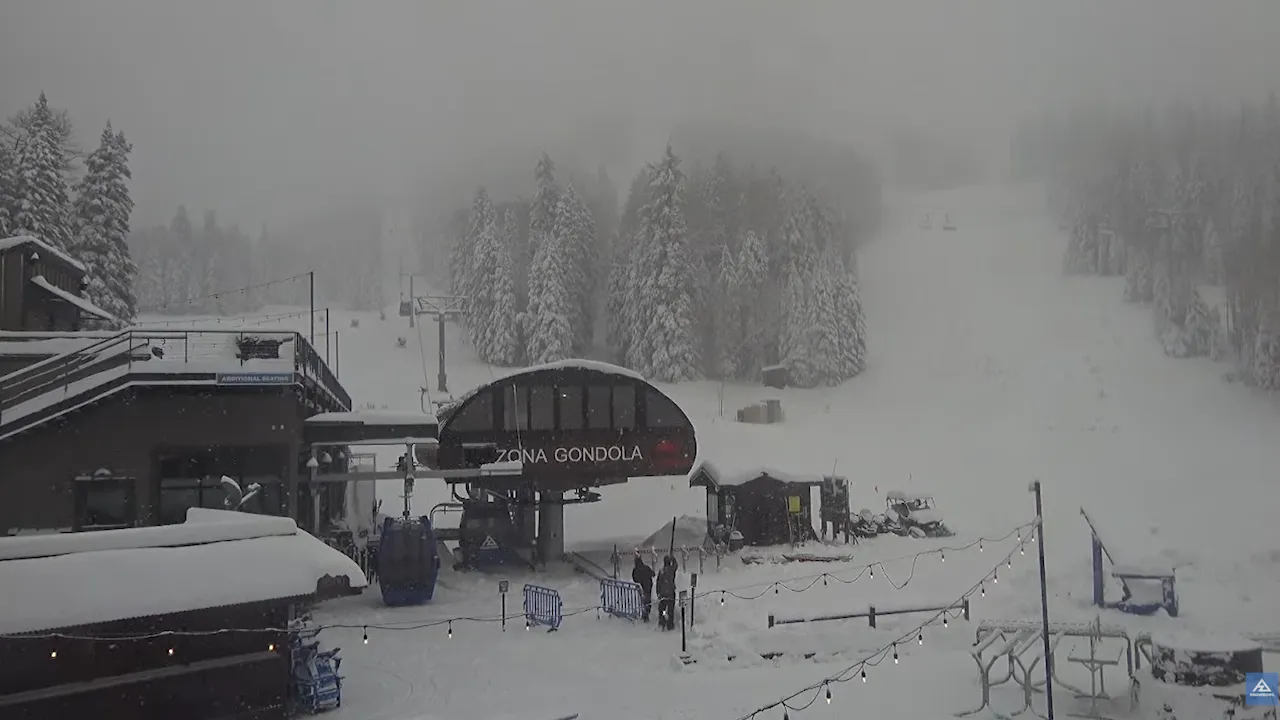
Live Webcams in Flagstaff, Arizona
November 21, 2025
Share on X (Twitter) Share on Facebook Share on Pinterest Share on Reddit Share on LinkedInHD Video Webcams in Flagstaff Watch live HD webcams in the city of Flagstaff, Arizona. Flagstaff attracts many tourists due to its proximity to Grand Canyon National Park, Oak Creek Canyon, the Arizona Snowbowl, Meteor Crater, and Historic Route 66. Route 66 is

Live Webcam Surprise, Arizona
November 20, 2025
Share on X (Twitter) Share on Facebook Share on Pinterest Share on Reddit Share on LinkedIn Source: https://surpriseaz.gov/ Real Time Live Webcam at Surprise Sports Complex Watch this live HD webcam in the city of Surprise, Arizona at Surprise Tennis & Racquet Complex, the southwest’s largest tennis and racquet complex. Situated around Surprise Lake, it also has professionally

Live Webcams Phoenix, Arizona
November 11, 2025
Watch live weather city webcams in the city of Phoenix, Arizona.
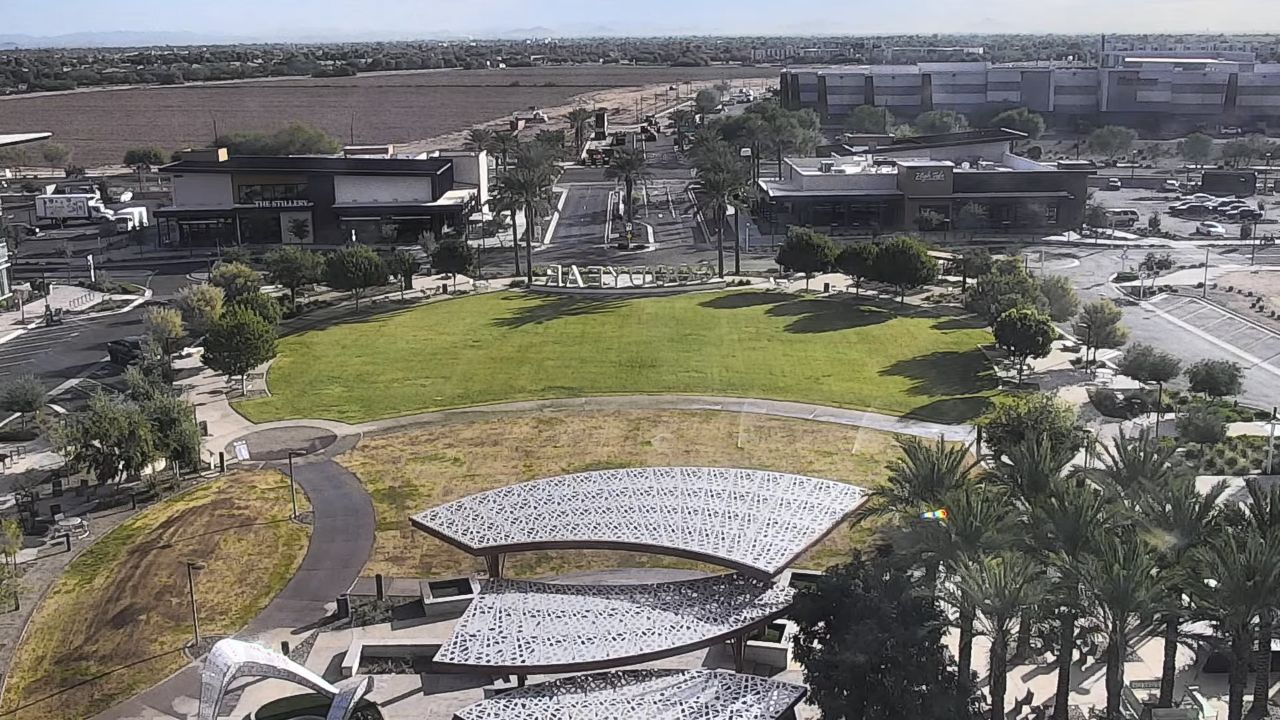
Live Webcam Civic Square Park – Goodyear, Arizona
October 8, 2025
The live webcam at Civic Square Park in Goodyear, Arizona

Live Webcam Munds Park – Lake Odell, Coconino County, AZ
July 16, 2025
The live webcam in Munds Park shows a beautiful view of Lake Odell in Arizona.
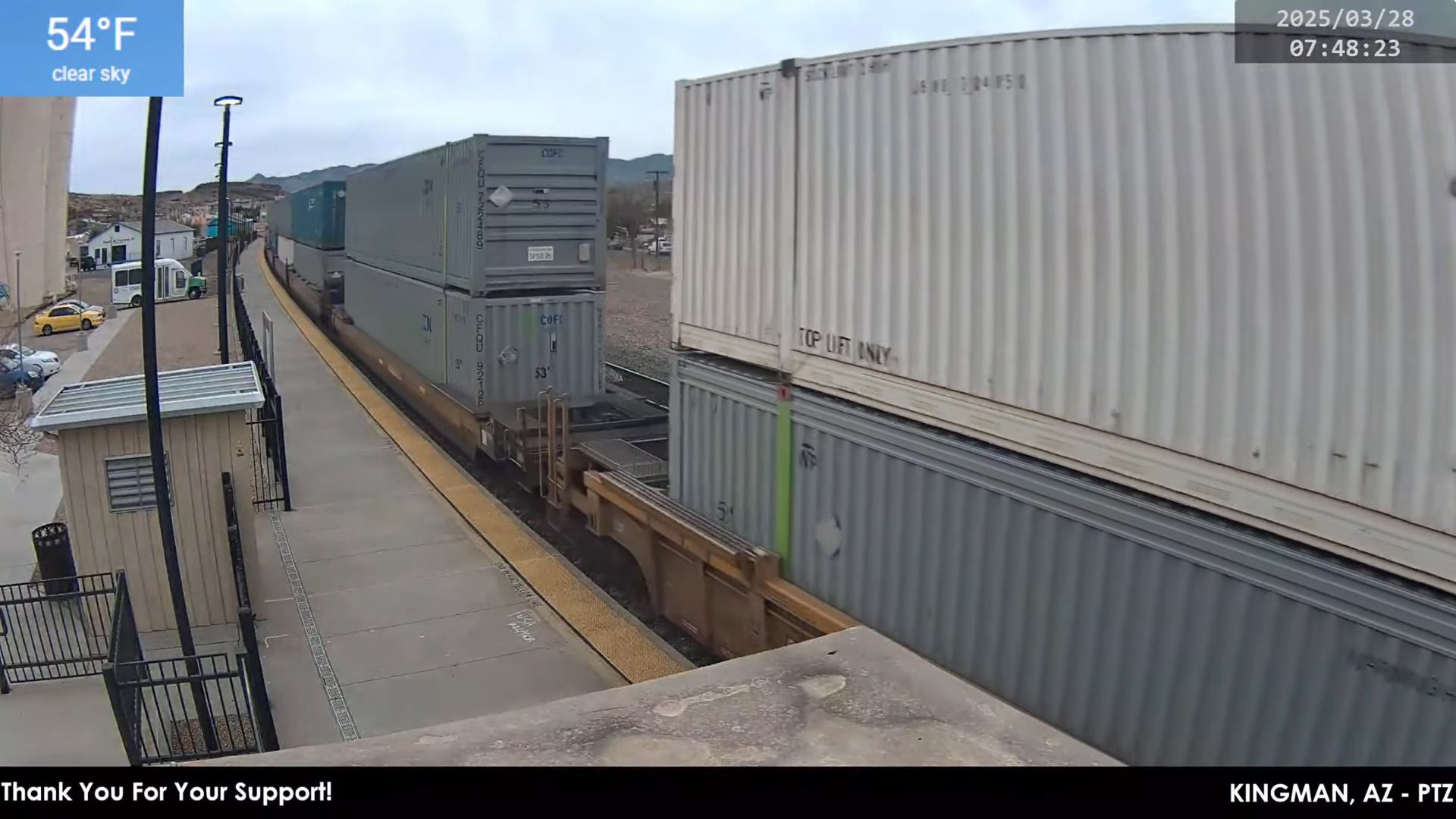
Kingman, Arizona BNSF Seligman Sub Live Webcam
March 28, 2025
If you’re a train enthusiast or just curious about railroads, you’ll want to check out the Kingman, Arizona BNSF Seligman Sub live webcam!
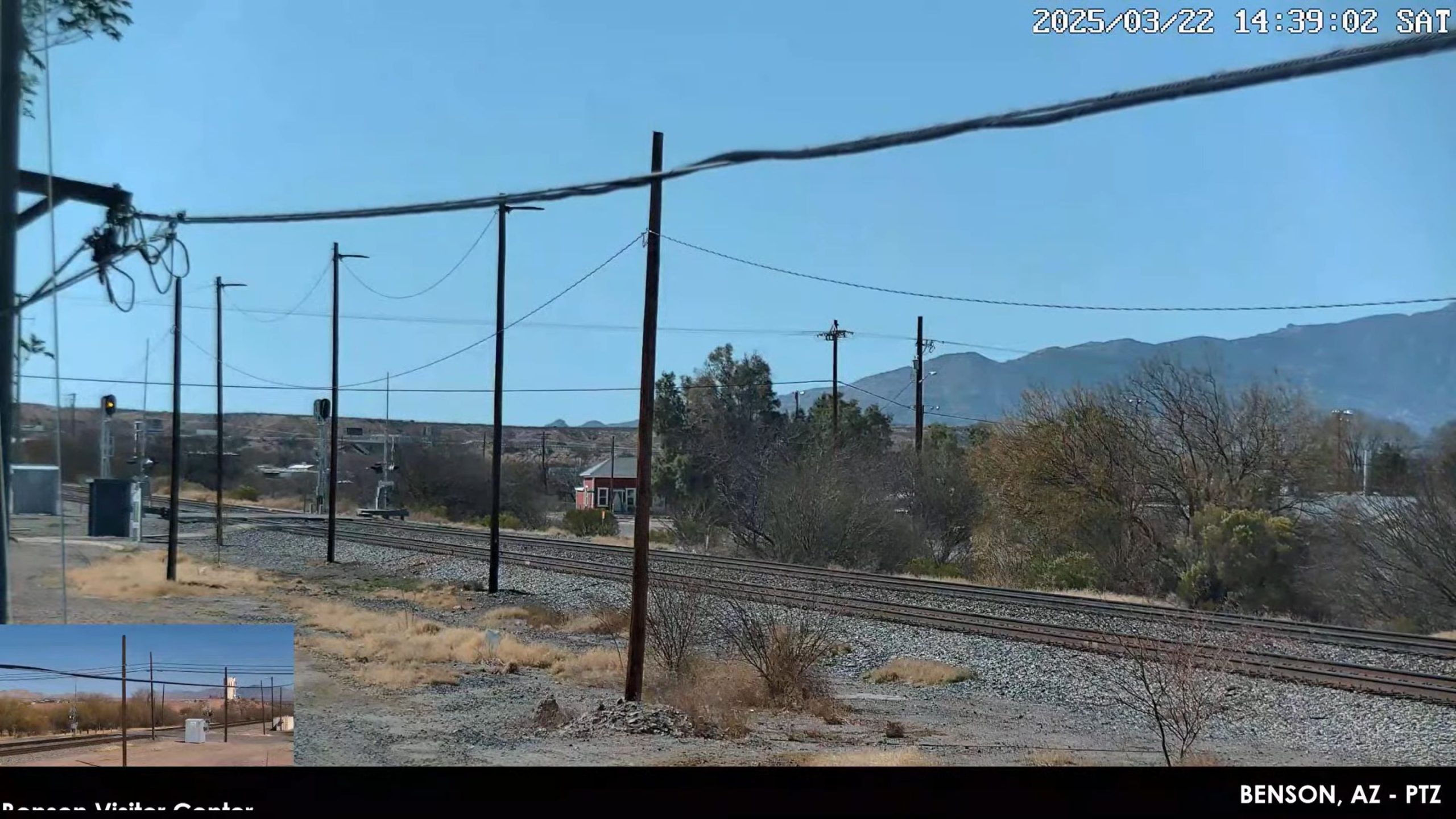
Benson Arizona Live Railcam
March 23, 2025
The Benson, Arizona live railcam, situated on the Union Pacific Railroad (UPRR) Lordsburg Subdivision, offers a captivating glimpse into the dynamic world of freight rail operations.
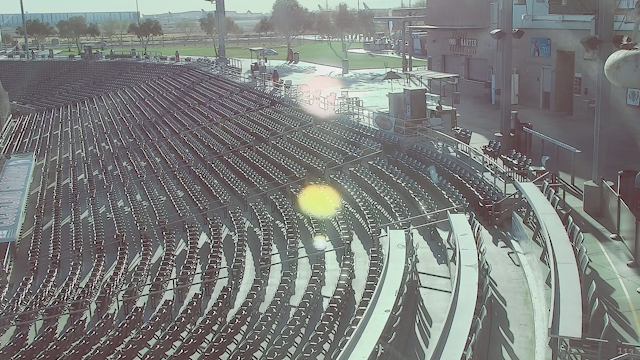
Goodyear Ballpark Live Webcam – Goodyear, Arizona
March 11, 2025
Goodyear Ballpark, located in Goodyear, Arizona at 1933 South Ballpark Way, serves as a prominent spring training facility for Major League Baseball’s Cleveland Guardians and Cincinnati Reds.

Grand Canyon Webcam – Arizona – Live HD Video
November 14, 2024
Share on X (Twitter) Share on Facebook Share on Pinterest Share on Reddit Share on LinkedInCams at Big Canyon The Grand Canyon webcam located in Arizona offers a unique opportunity to experience one of the most breathtaking natural wonders in the world from the comfort of your own home. This live feed captures the stunning

Pinetop Webcam | Troon Country Club | Arizona
May 17, 2024
Watch this live HD webcam from Troon Golf Country Club located in the city of Pinetop, Arizona.
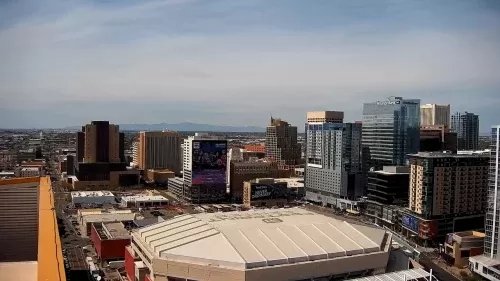
Footprint Center | Phoenix Suns Live Webcam | Arizona
February 26, 2024
Watch this live HD overhead sky webcam of the Footprint Center, home of the NBA basketball team the Phoenix Suns in Arizona.
Live HD cameras in the state of Arizona
Arizona offers a variety of live webcam feeds that provide real-time views of its stunning landscapes and vibrant cities. These webcams are strategically placed in popular locations, allowing viewers to experience the natural beauty of the state from the comfort of their own homes. Whether it’s the breathtaking vistas of the Grand Canyon, the bustling streets of Phoenix, or the serene sunsets over Sedona, these live feeds capture the essence of Arizona’s diverse environments.
Watch live HD webcams in the US state of Arizona. Arizona offers spectacular and varied terrain, along with tribal lands, vibrant cities, world-class resorts, renowned golfing and historic Western towns. Arizona live streaming webcams, weather conditions, vacation destinations.
Things To Do in Arizona
Arizona offers a diverse array of activities and attractions that cater to a wide range of interests. Furthermore, making it a prime destination for travelers. From the breathtaking landscapes of the Grand Canyon to the vibrant cultural experiences in cities like Phoenix and Tucson, visitors can immerse themselves in the natural beauty and rich history of the region. Outdoor enthusiasts can explore numerous hiking trails, national parks, and recreational areas. In contrast, those interested in art and culture can visit museums, galleries, and historic sites. Each one showcases the state’s unique heritage.
The state’s geological wonders are a significant draw. One can observe iconic landmarks such as Sedona’s red rock formations and the stunning vistas of Monument Valley. Adventure seekers can partake in activities. These include rock climbing, river rafting, and hot air ballooning. This provides an exhilarating way to experience Arizona’s stunning scenery. Additionally, the state’s warm climate allows for year-round outdoor activities, making it an ideal location for both summer and winter adventures, whether it be skiing in the northern mountains or enjoying water sports on the lakes.
Arizona is also home to a rich tapestry of Native American culture. The state has numerous reservations and cultural centers. This offers insights into the traditions and lifestyles of the indigenous peoples. Visitors can participate in guided tours, attend cultural events, and explore ancient ruins, deepening their understanding of the region’s history. Culinary enthusiasts will find a vibrant food scene that reflects the state’s diverse influences, from Southwestern cuisine to modern farm-to-table dining experiences. Overall, Arizona presents a wealth of opportunities for exploration and discovery, ensuring that every visitor can find something that resonates with their interests.
History of Arizona
The history of Arizona is a rich tapestry woven from the threads of indigenous cultures, European exploration, and American expansion. Long before European settlers arrived, the region was inhabited by various Native American tribes. This included the Hohokam, Ancestral Puebloans, and Navajo, each contributing to the area’s cultural and historical landscape. The Hohokam, for instance, were known for their advanced irrigation systems, which allowed them to thrive in the arid climate. The arrival of Spanish explorers in the 16th century marked a significant turning point, as they sought to claim the land for Spain and convert the indigenous populations to Christianity.
The 19th century brought further transformation to Arizona, particularly with the westward expansion of the United States. Following the Mexican-American War in 1848, Arizona became part of the United States under the Treaty of Guadalupe Hidalgo. The discovery of gold and silver in the region attracted a wave of settlers and prospectors. Furthermore, this led to the establishment of mining towns and the influx of diverse populations. The establishment of the Arizona Territory in 1863 formalized governance in the area. The construction of railroads in the late 1800s facilitated trade and migration. As a result, this catapulted Arizona into the national economy.
Arizona’s journey towards statehood culminated in its admission to the Union on February 14, 1912, making it the 48th state. The early 20th century saw significant developments in agriculture, industry, and infrastructure, which contributed to the state’s growth. The impact of World War II was also profound, as military installations were established in the state, leading to economic expansion and population growth. Today, Arizona is known for its diverse landscapes, vibrant cities, and rich cultural heritage, reflecting a complex history that continues to shape its identity and future.
Information and Facts in The Grand Canyon State
Population: 7.2 million
Demographics: White: 77.22%: Other race: 6.53% Black or African American: 4.50% Native American: 4.50% Two or more races: 3.73% Asian: 3.31% Native Hawaiian or Pacific Islander: 0.21%
Other Major Cities: Phoenix, Tucson, Mesa, Chandler, Scottsdale, Gilbert, Glendale, Tempe, Peoria, Surprise
Capital: Phoenix
Festivals & Events: Arizona State Fair. The Annual Taco Festival. First Friday. Mortimer Farms Pumpkin Festival. Street Eats Food Truck Festival. Phoenix Festival of the Arts. Las Noches de Las Luminaries. Arizona International Film Festival. Arizona Renaissance Festival. La Fiesta de los Vaqueros (Tucson Rodeo).
Main Attractions
- Grand Canyon
- Sedona
- Monument Valley Navajo Tribal Park
- Hoover Dam
- Phoenix Zoo
- Havasu Falls
- Saguaro National Park
- Canyon de Chelly National Monument
- Arizona Science Center
- Arizona-Sonora Desert Museum
Major Airports
- Phoenix Sky Harbor International Airport (PHX
- Prescott Municipal Airport (PRC)
- Tucson International Airport (TUS)
- Yuma International Airport / MCAS Yuma (NYL)